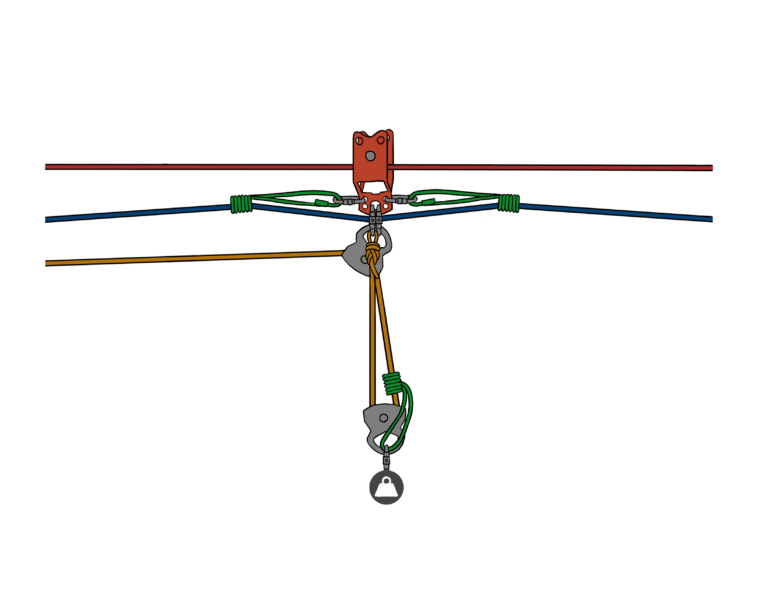Rigging plays a pivotal role in the world of rescue operations, where the ability to analyze and manage forces effectively can make the difference between a successful mission and a potential disaster. In this blog, we will delve into three fundamental aspects of rigging: understanding the forces at play, harnessing mechanical advantage with pulley systems, and the art of moving systems. These skills are essential for rescuers looking to excel in their field while prioritizing safety at every step.
1. How Forces are Generated: The Foundation of Rigging
To truly master rigging, one must start at the very beginning by understanding how forces are generated in rescue scenarios. Forces are the driving factors behind every rigging operation, and comprehending their dynamics is crucial.
Problem: When rescuers lack a solid understanding of force dynamics, they may struggle to assess risks accurately, leading to inefficiencies and increased dangers during rescue missions.
Solution: Rigging professionals need to analyze and manage these forces effectively. By gaining insight into the principles of force generation, they can make informed decisions, calculate load requirements, and ensure the safety of both rescuers and those in need of assistance. From tension forces in ropes to gravitational pulls, understanding the mechanics of forces is the cornerstone of rigging excellence.
2. Mechanical Advantage and Pulley Systems: Simplifying Complexity for Efficiency
One of the key challenges in rigging is finding ways to simplify complex tasks without compromising safety. Mechanical advantage, harnessed through pulley systems, provides a powerful solution.
Problem: Rigging tasks can be intricate and physically demanding. Without the ability to simplify these operations, rescuers may struggle with inefficiency and heightened risks.
Solution: This is where mechanical advantage comes into play. By using pulley systems strategically, rescuers can amplify their force input while decreasing the effort required. This not only makes tasks more efficient but also minimizes the physical strain on team members. Whether lifting heavy loads or hoisting a stretcher, mechanical advantage is a game-changer in rigging, ensuring that operations run smoothly and safely.
3. Moving Systems: Safely and Efficiently Transporting Objects and People
Rigging isn’t just about lifting; it’s also about moving. Rigging professionals must be adept at safely transporting objects and people in diverse rescue scenarios.
Problem: In rescue missions, the ability to move objects or injured individuals efficiently can be a matter of life and death. Without the right skills and knowledge, this process can become time-consuming and risky.
Solution: Moving systems, a crucial facet of rigging, offer solutions to this challenge. By understanding the principles of moving systems, rescuers can efficiently transport objects or patients while maintaining safety standards. This includes techniques like horizontal and vertical movement, all of which are essential in various rescue scenarios, from confined spaces to high-angle environments.
Conclusion: Mastering the fundamentals of rigging, including understanding forces, harnessing mechanical advantage, and excelling in moving systems, is essential for any rescue professional. These skills not only enhance efficiency but, most importantly, ensure the safety of all involved. As we navigate the complexities of rigging, let’s remember that a strong foundation in these fundamentals is the key to success in the challenging world of rescue operations.
Peace on your Days
Lance









